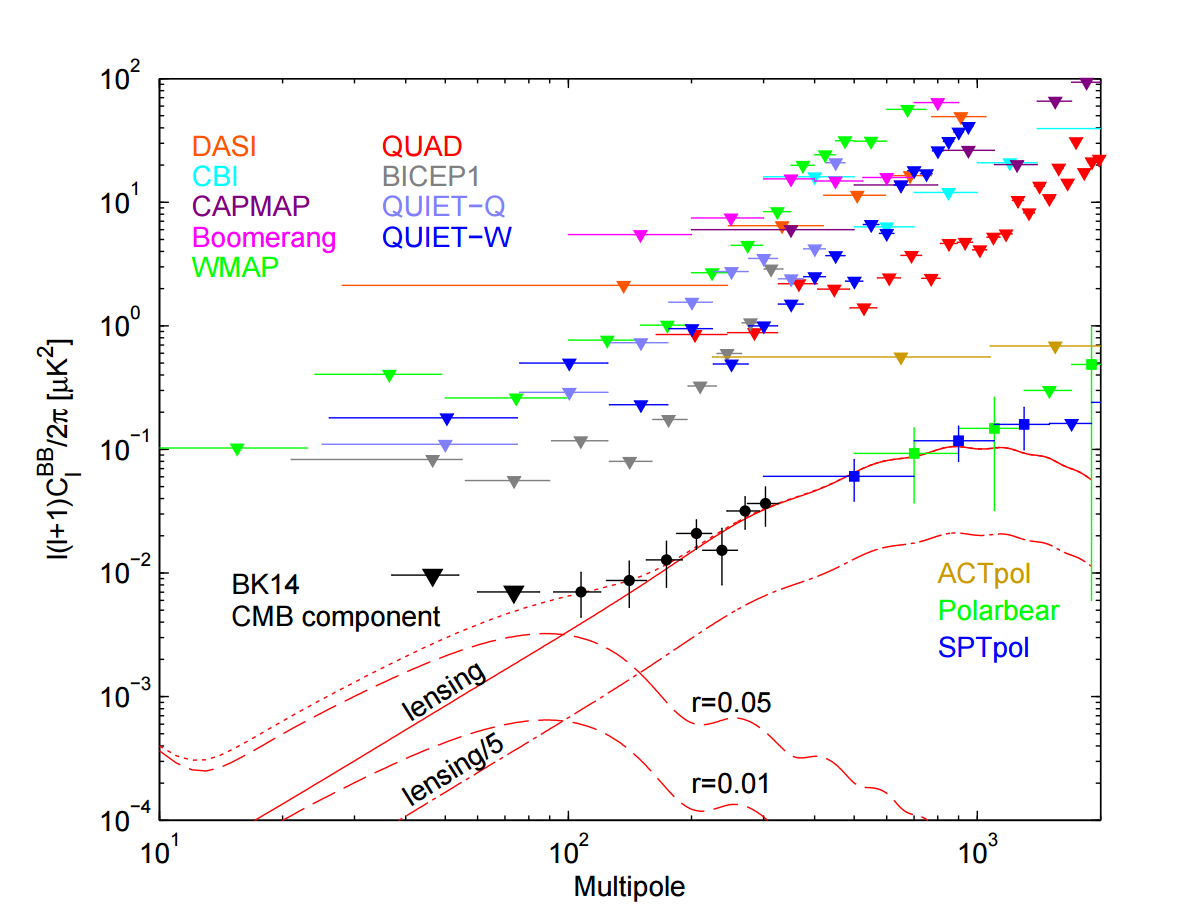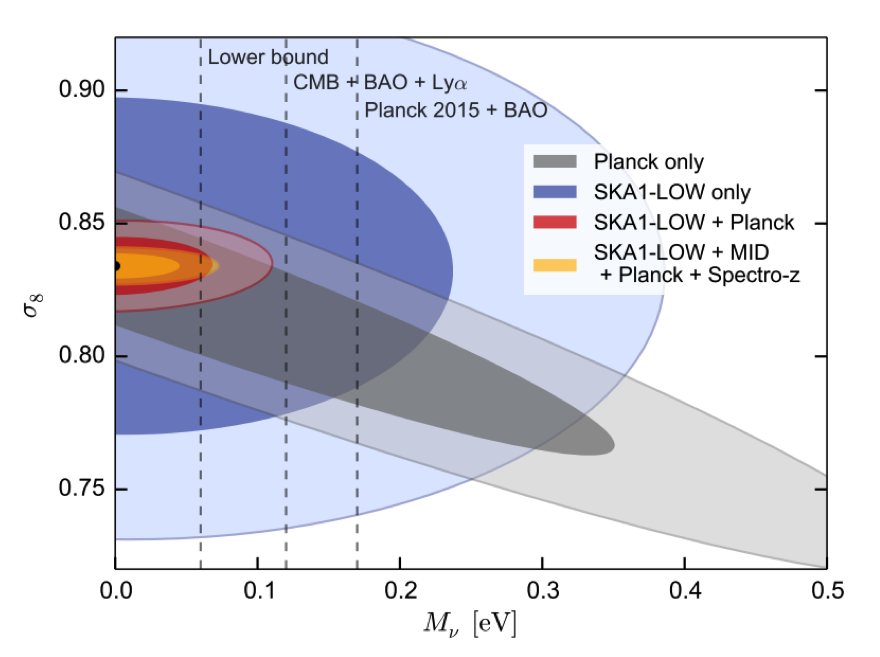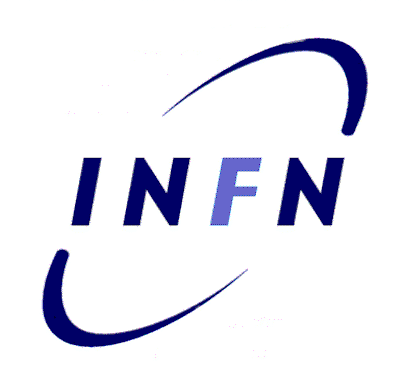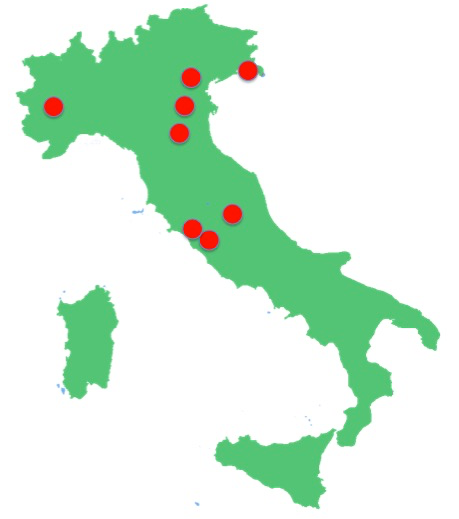Abstract
The past fifteen years have seen tremendous progress in observational
cosmology and astroparticle physics.
This has allowed to sharpen our understanding of the Universe. The
coming years will also continue to bring
a massive amount of new cosmological data, e.g. the ones offered by
the Euclid satellite, by the Square Kilometer
Array and by the next generation of Cosmic Microwave Background
(CMB) experiments, allowing us to better address
key, fundamental questions.
The focus of this research project is to investigate crucial aspects
of the standard cosmological model and
their connection with fundamental physics. In particular, we plan to
investigate aspects of inflation in
the Early Universe, the nature of dark matter and of dark energy,
also in terms of neutrino properties and
modified gravity models. Particular emphasis is given to the
present-day and future observations of CMB
radiation, the study of the Large-Scale Structure (LSS) of the
Universe through present and future surveys.
The results from LHC, the Planck satellite, large galaxy surveys,
and the ones that are forthcoming in the next
decade, provide a treasure trove that allows to test/rule out with
the highest precision/accuracy various models
for the early Universe, and the impact of the dark components on the CMB anisotropies, the LSS and its evolution.
We aim at pushing our successful collaboration to challenge the
state-of–the art analysis by developing a programme
of both theoretical investigations and confrontation with (present
and future) CMB and LSS data. Our main tools
will be analytical, statistical, numerical (simulations) techniques,
and the development of new statistical
algorithms to be applied to present and future CMB and LSS datasets. We will focus on:

Marginalized joint 68 % and 95 % CL regions for ns and r0.002 from Planck in combination with other data sets, compared to the theoretical predictions of selected inflationary models (taken from ``Planck 2015 results. XX. Constraints on inflation''. Astron. & Astrophys. 594, A20 (2016)).


Present status of B-mode measurement of CMB polarization.


Forecast marginal 1- and 2σ constraints on Mν and σ8, for SKA1- LOW and Planck, and for the combination of all experiments considered here. The combined constraint (red) is much better than the individual constraints because multiple parameter degeneracies are broken by combining the datasets. The lower bound, CMB+BAO+Lyα, and Planck 2015 95% limits are shown as vertical dashed lines from left to right respectively (taken from ``Weighing Neutrinos with Cosmic Neutral Hydrogen'', Francisco Villaescusa-Navarro, Philip Bull and Matteo Viel, ApJ, 814, 146 (2015)).
- theoretical investigation of inflation models (and their feedback on particle-physics models);
- cosmological and particle physics properties of DE models;
- testing General Relativity: alternative models of gravity, motivated by the evidence for cosmic acceleration, and their impact on cosmological observables;
- numerical (simulations) and analytical techniques to study the non-linear evolution for DM density perturbations to reach the accuracy required by future generation galaxy surveys;
- development of new statistical algorithms to be applied to present and future CMB and LSS datasets;
- analysis of present CMB and LSS datasets to put constraints on inflationary models and models of DE/modified gravity;
- LSS: complementary tests coming from statistics of large galaxy redshift surveys, gravitational weak lensing, analysis of galaxy cluster datasets, study of Ly-alpha forest in quasar absorption spectra, cosmic neutral hydrogen mapping with 21 cm radiation.
- Hydrodynamical simulations of massive neutrinos to study their impact on LSS (also through weak gravitational lensing) and of the Intergalactic Medium as a probe of cosmology and fundamental physics (e.g. warm DM).
- DM distribution in galaxy halos and consequences for DM search experiments;
- predictions of indirect signatures of DM candidates, in connection with experiments such as, e.g., FERMI, PAMELA and AGILE.

Marginalized joint 68 % and 95 % CL regions for ns and r0.002 from Planck in combination with other data sets, compared to the theoretical predictions of selected inflationary models (taken from ``Planck 2015 results. XX. Constraints on inflation''. Astron. & Astrophys. 594, A20 (2016)).


Present status of B-mode measurement of CMB polarization.


Forecast marginal 1- and 2σ constraints on Mν and σ8, for SKA1- LOW and Planck, and for the combination of all experiments considered here. The combined constraint (red) is much better than the individual constraints because multiple parameter degeneracies are broken by combining the datasets. The lower bound, CMB+BAO+Lyα, and Planck 2015 95% limits are shown as vertical dashed lines from left to right respectively (taken from ``Weighing Neutrinos with Cosmic Neutral Hydrogen'', Francisco Villaescusa-Navarro, Philip Bull and Matteo Viel, ApJ, 814, 146 (2015)).


